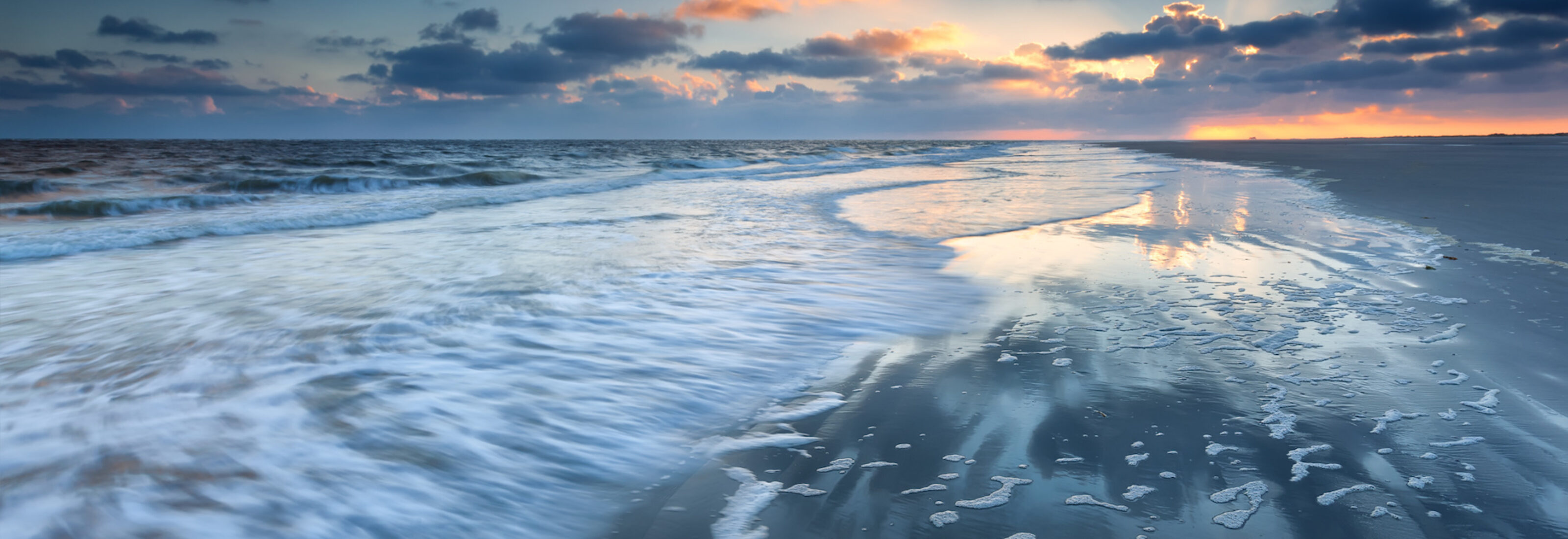
ANSWERING IMPORTANT QUESTIONS

CCS involves three major steps.
1. Capture: The separation of CO₂ from other gases produced at large industrial process facilities such as power plants, steel mills, cement factories and refineries.
2. Transport: Once separated, the CO₂ is compressed and transported via ships and pipelines to a suitable site for geological storage.
3. Storage: CO₂ is injected into deep underground rock formations at depths of one kilometre or more.
More information about CCS can be found on the Global CCS Institute website.
The scale of decarbonisation required to meet the targets set by the Paris Agreement will not be easy to achieve. Developed countries must accelerate their decarbonisation and green energy efforts if global warming is to be limited to 1.5 °C or lower.
To combat global warming and rapid climate change, hard-to-abate industries and facilities that release high amounts of CO₂ into the atmosphere, such as steel, petrochemicals, fertiliser, cement and refineries, must take immediate action.
One way of removing excess CO₂ from the atmosphere is through carbon capture and storage (CCS). This approach must sit alongside renewables when addressing climate change challenges.
To help achieve the Paris Agreement goals, various bodies, including the International Energy Agency (IEA) and the Intergovernmental Panel on Climate Change (IPCC), have included CCS as part of the overall strategy.
In Europe, there are already several CCS projects underway aimed at addressing industrial emissions, decarbonising hydrogen production and transporting CO₂ for storage across borders.
More information on EU CCS projects can be found on IEA’s website and Global CCS Institute.
A project of this magnitude requires a joint effort to overcome the many challenges. The Aramis project is a collaboration between TotalEnergies, Shell, EBN and Gasunie. It aims to contribute to the energy transition by reducing CO₂ emissions for hard-to-abate industries and production facilities.
Rotterdam has been selected due to its central location and proximity to industrial clusters, waterways and pipeline corridors. It can also receive large coaster ships.
The project expects to transport approximately 22 Million tonnes per annum (Mtpa) of CO₂ to the storage locations. The depleted gas fields combined have more than 400 Mt of storage capacity.
Aramis will provide the means to transport captured CO₂ and then store these emissions safely and securely in depleted gas fields deep beneath the Dutch North Sea. The project will use existing resources as well as new assets and infrastructure to achieve the required scale to help meet the Dutch National Climate Accord and EU Green Deal goals.
The Netherlands possesses a highly elaborate pipeline and waterway network that connects to many countries in Europe. It also has direct access to significant storage basins that can store the amount of industrial decarbonisation required to meet the climate change targets.
Aramis is a fictional character in the historic adventure novel The Three Musketeers, written by Alexandre Dumas. He and the other two musketeers, Athos and Porthos, are friends of the novel’s protagonist, d'Artagnan.
Like the fictional character Aramis, the project aims to collaborate as a loyal friend with Porthos, an existing CCS project in the Netherlands. It will contribute to the energy transition by offering a CO₂ reduction solution for hard-to-abate industries.
In addition to energy saving and sustainable energy generation, capturing and storing CO₂ underground (from flue gases) can also limit greenhouse gas emissions in the atmosphere. Many studies show that CO₂ storage is temporarily necessary to enable the development of new, affordable sustainable solutions.
Capturing CO₂ and storing it underground is technically possible at power plants and in energy-intensive sectors. It has already been done (safely) in other places around the world, not least by using depleted oil and gas fields which help maintain the required pressure. The Dutch government only wants to store CO₂ offshore and not on land. It also limits the subsidy for CCS to ensure that it does not hinder the development of other sustainable techniques, such as green hydrogen.
source: klimaatakkoord.nl